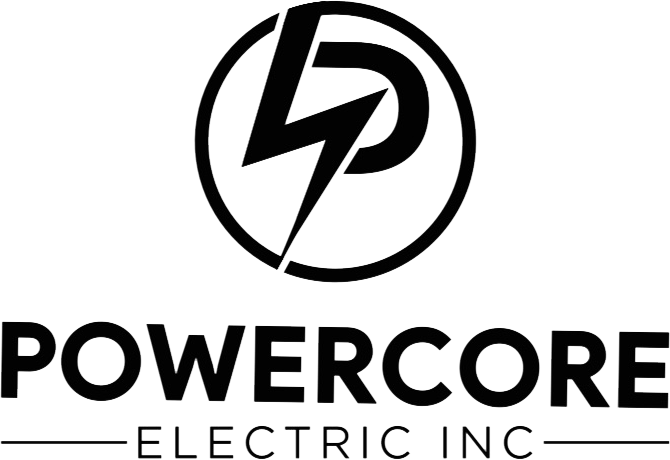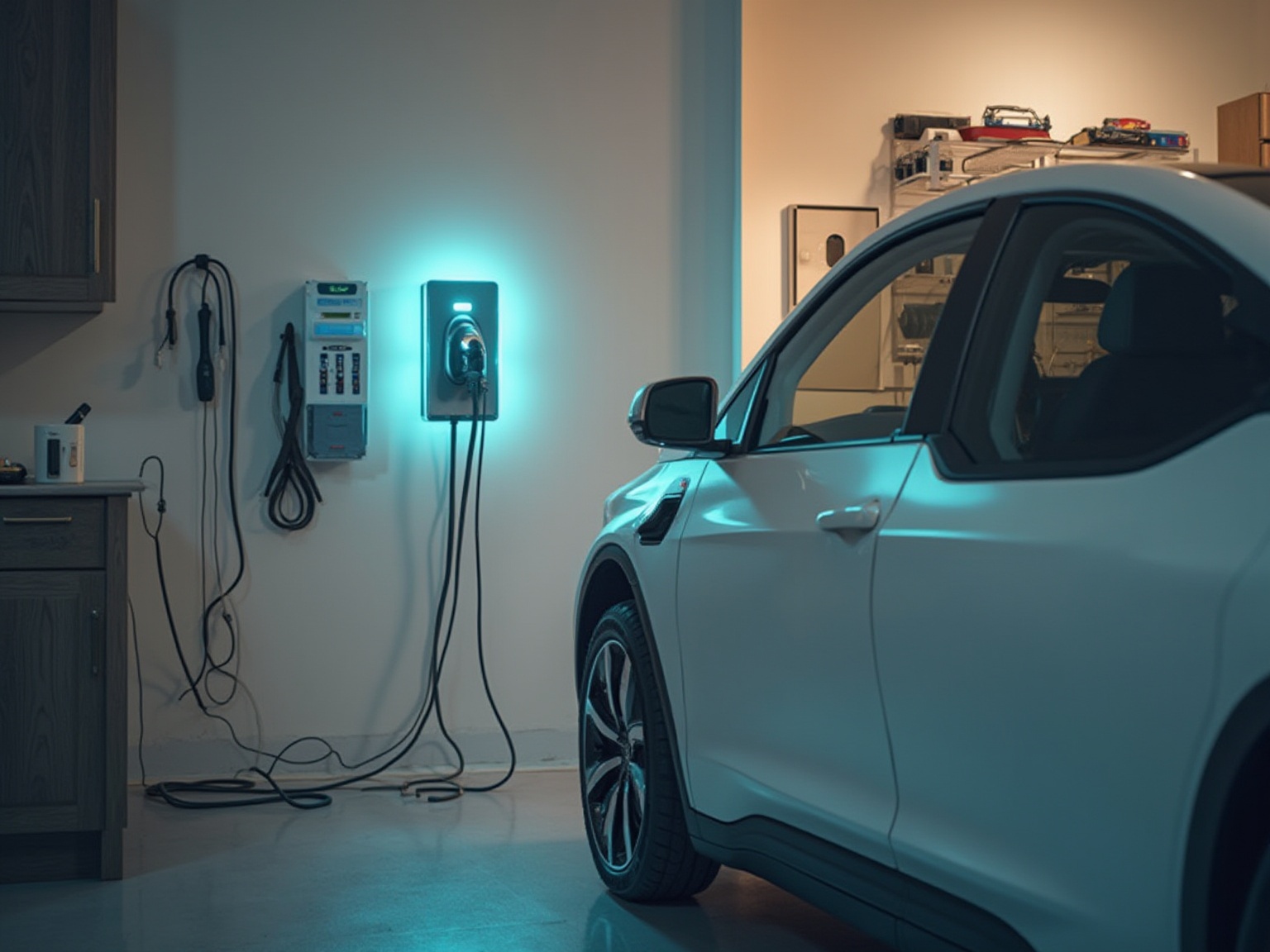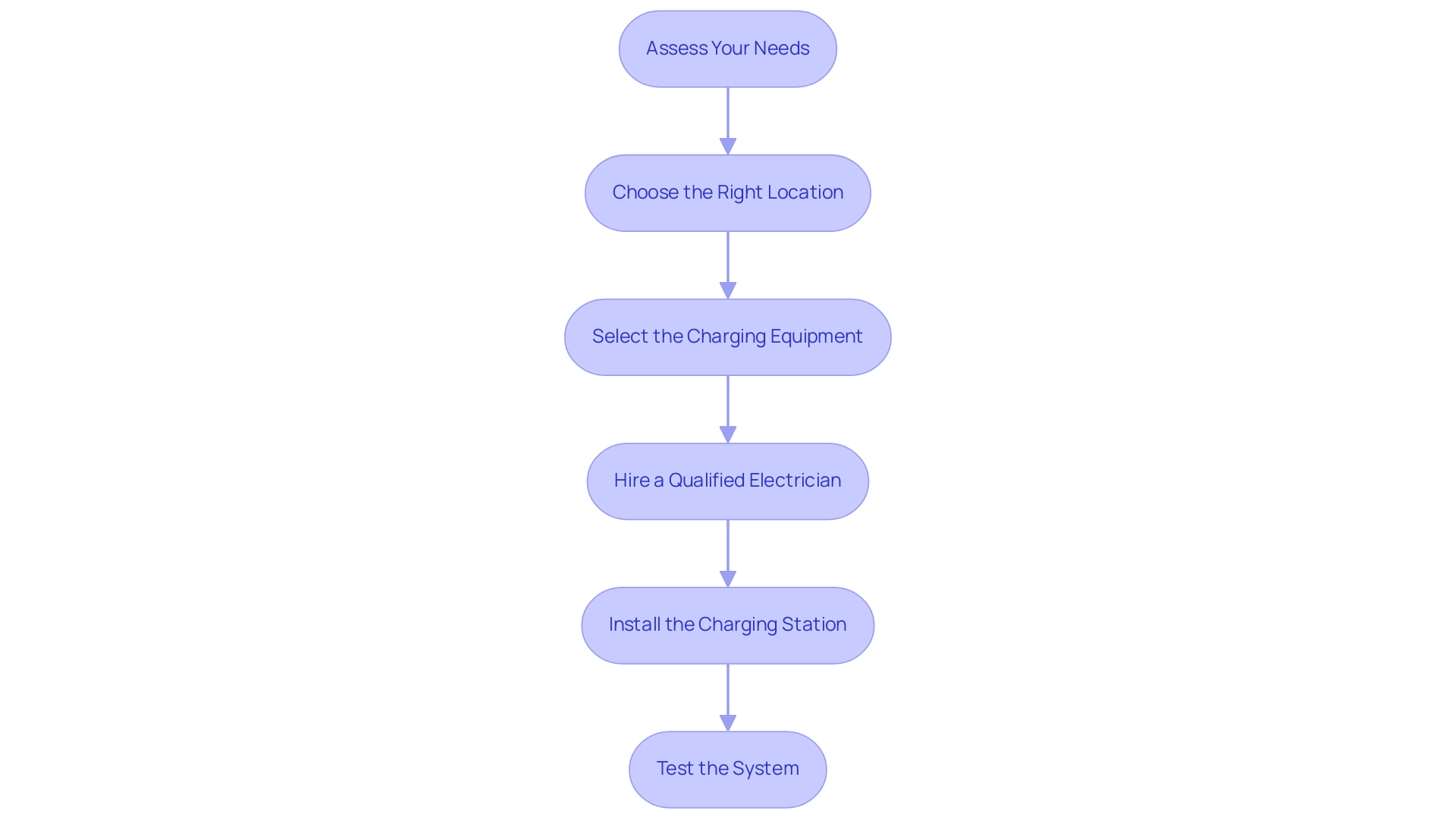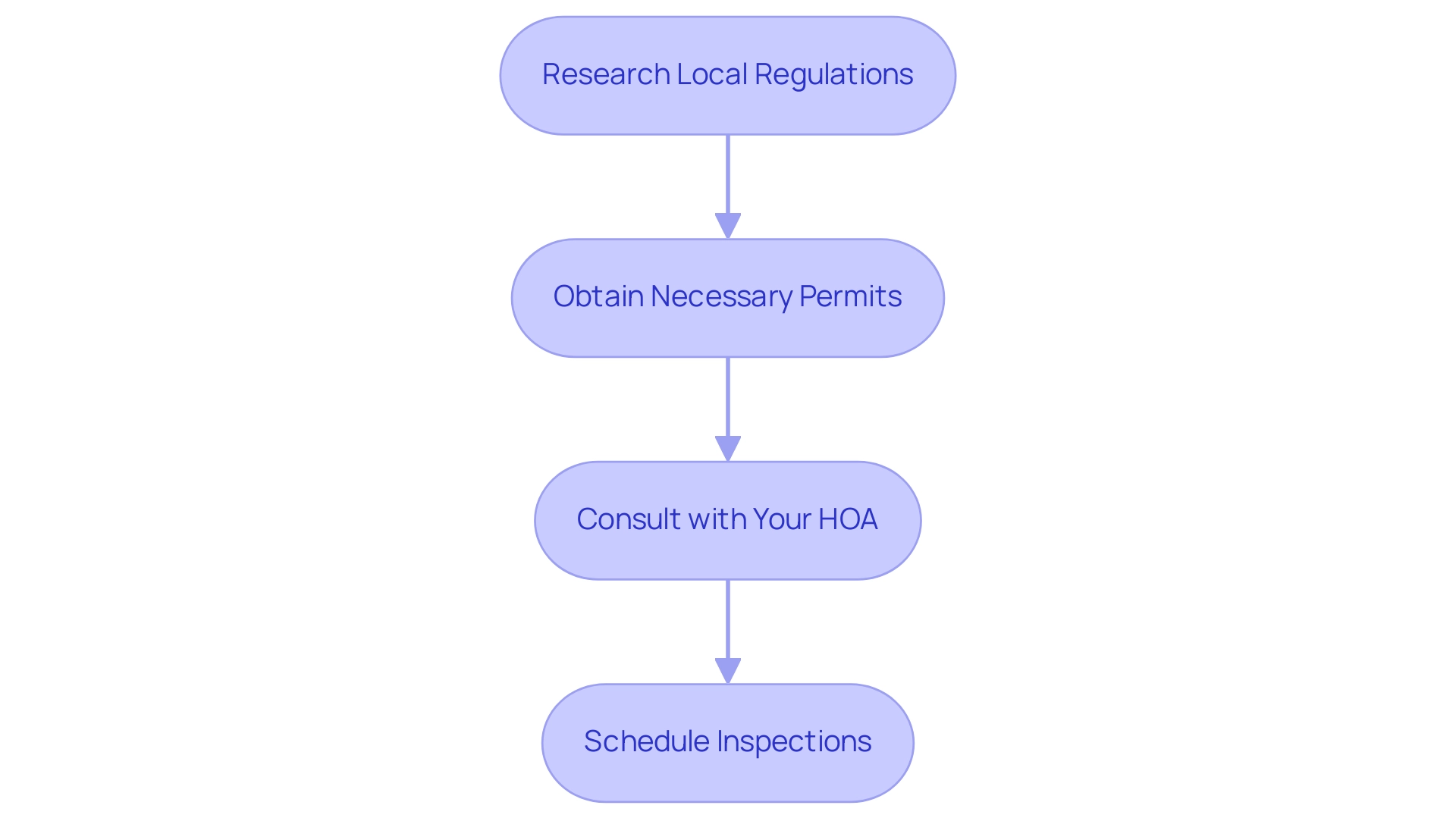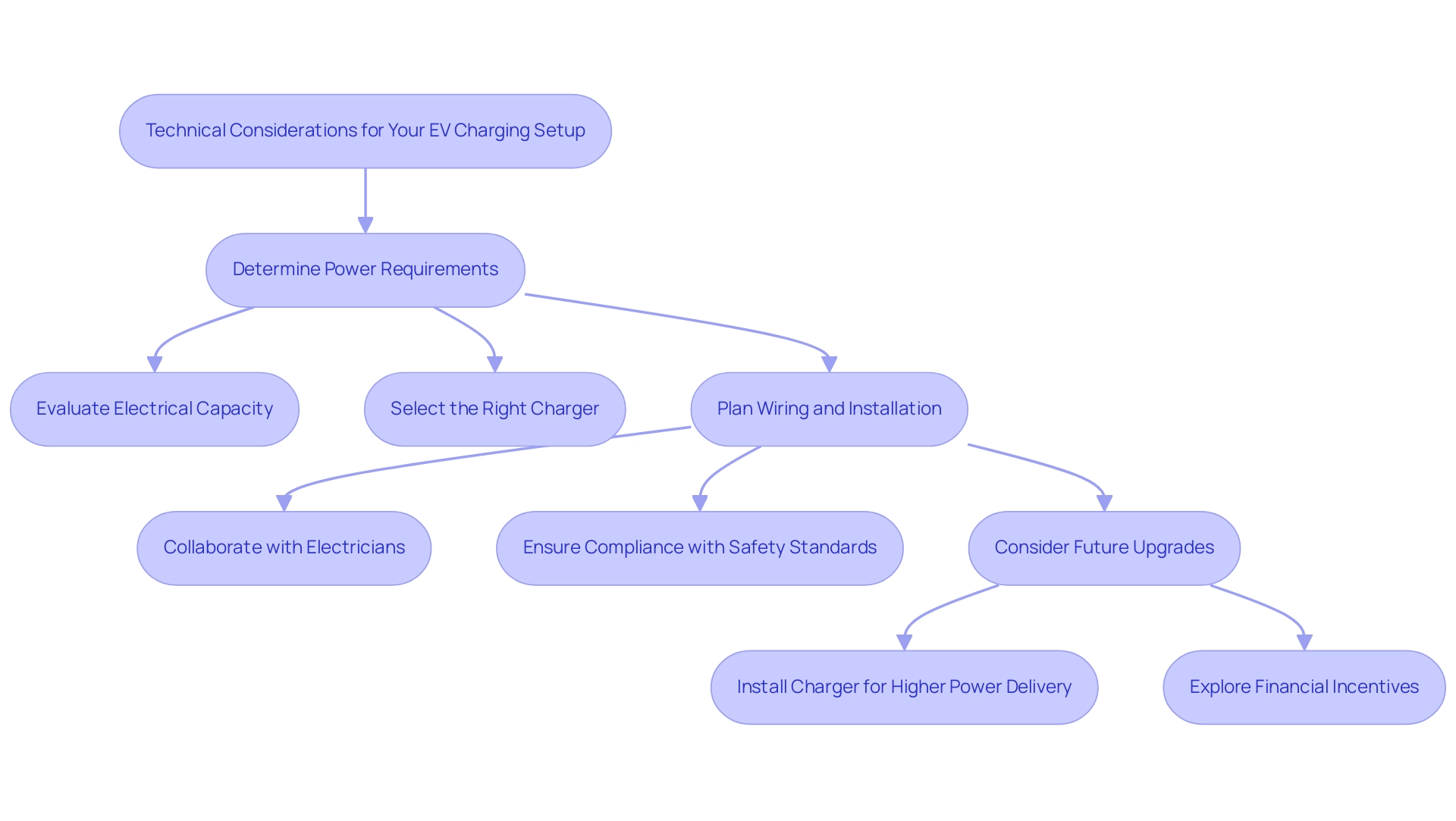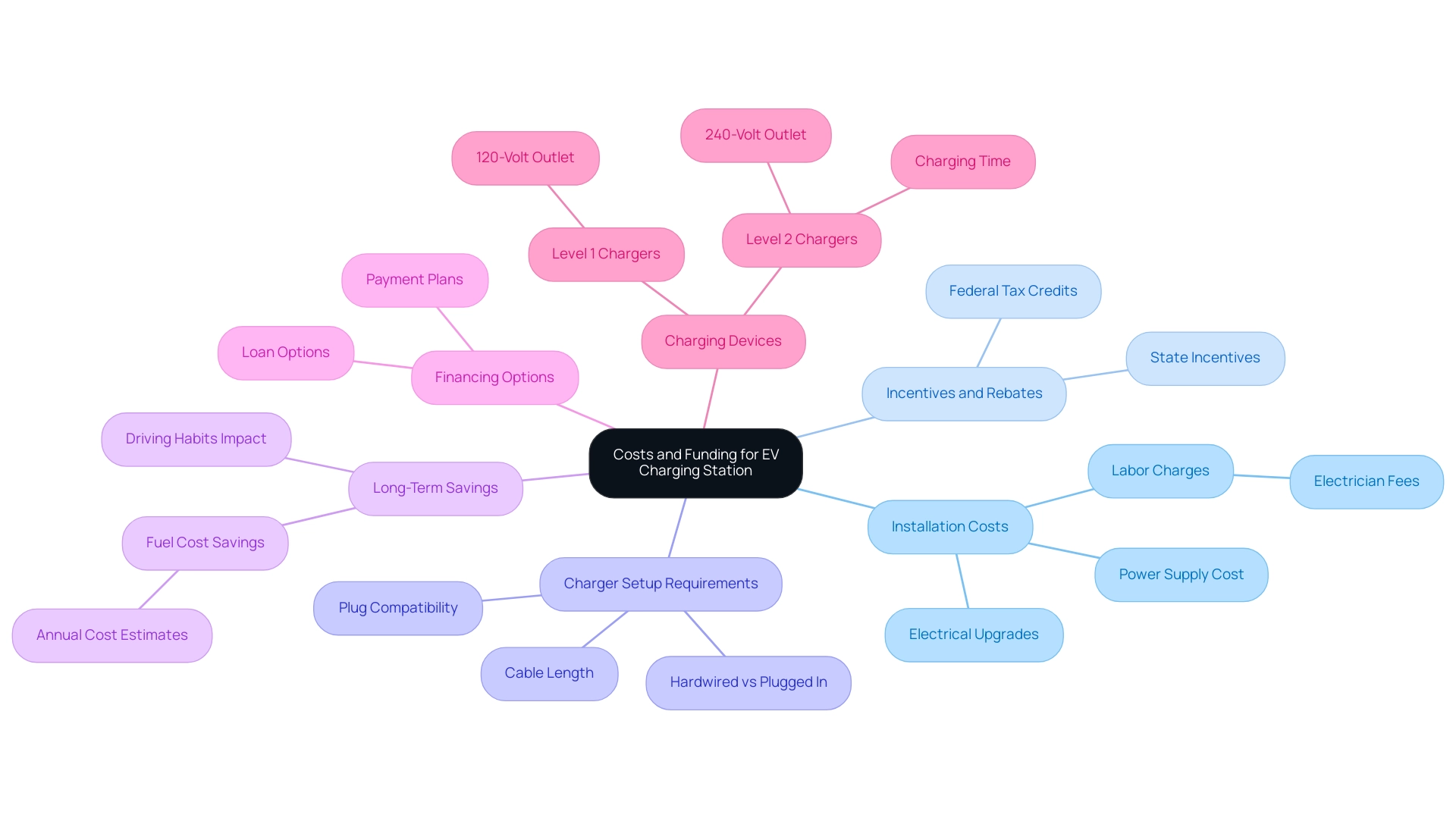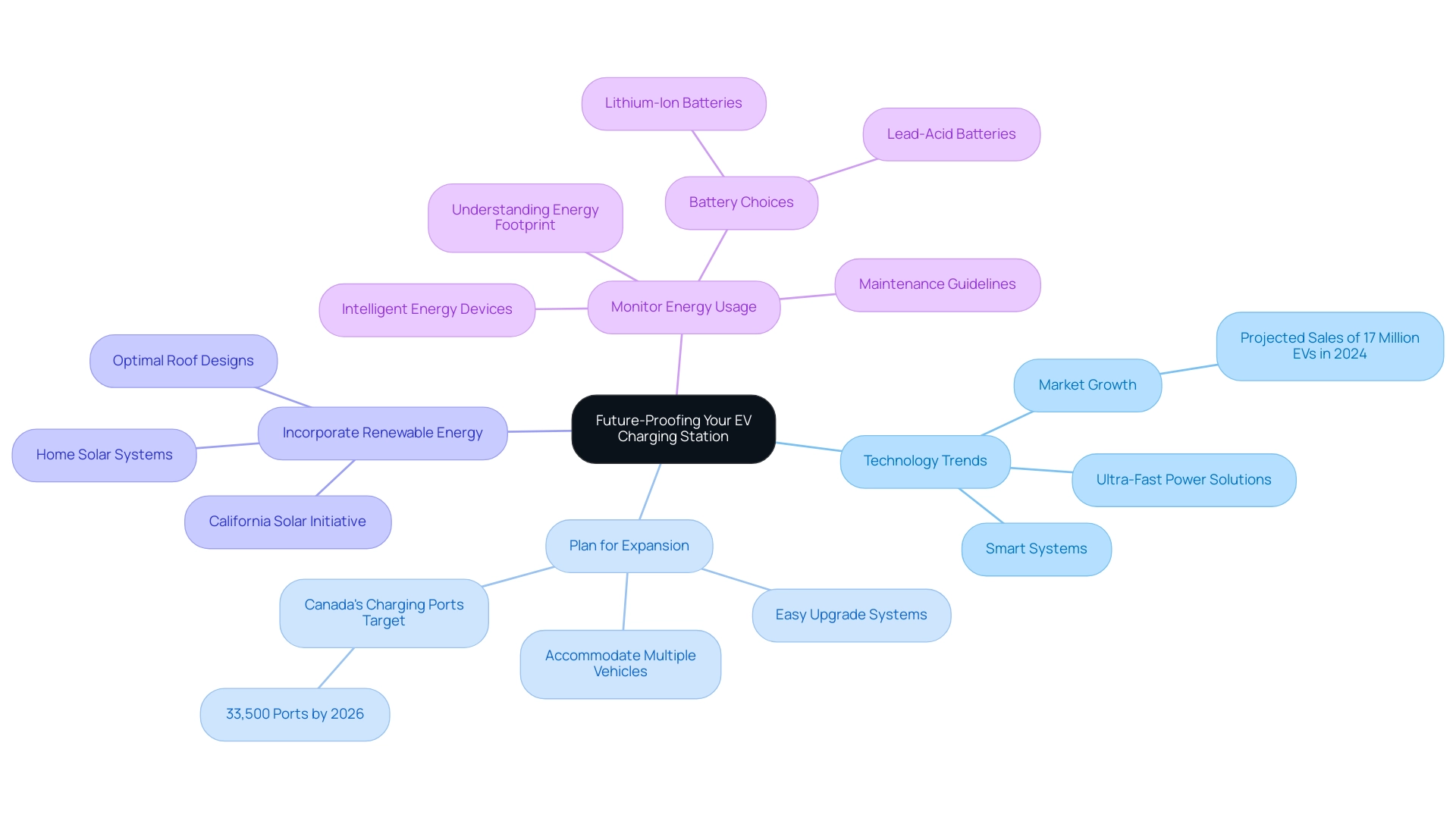Overview
To build your own EV charging station, you should assess your needs, choose an appropriate location, select the right charging equipment, hire a qualified electrician, and ensure compliance with local regulations before installation. The article outlines these steps, emphasizing the importance of proper planning, safety, and the potential for long-term savings through incentives and efficient energy management.
Introduction
As electric vehicles become an increasingly popular choice for eco-conscious homeowners, the need for convenient charging solutions at home is more pressing than ever. Installing a home EV charging station not only enhances the driving experience but also contributes to a more sustainable future.
However, the process can seem overwhelming, with various factors to consider, from selecting the right equipment to navigating local regulations. This guide walks through the essential steps and considerations for setting up a charging station, ensuring that homeowners feel empowered and informed as they embark on this rewarding journey towards electric vehicle ownership.
Whether it’s understanding costs, technical requirements, or future-proofing the installation, this article offers a comprehensive roadmap for making the transition to electric driving as seamless as possible.
Essential Steps to Install Your Home EV Charging Station
Setting up your home electric vehicle power source can be a simple and fulfilling project when you follow these key steps:
-
Assess Your Needs: Start by evaluating how often you power your electric vehicle (EV) and the power speed you require. Take into account your EV’s battery capacity and your typical daily driving distance to find the best fit for your lifestyle.
-
Choose the Right Location: Select an ideal spot for your power station, ideally near your parking area and easily accessible to your electrical panel. This not only simplifies the installation process but also ensures convenience when powering your vehicle.
-
Select the Charging Equipment: Research the different types of EV power sources available—Level 1 and Level 2. Level 2 devices are typically quicker and more effective, making them a favored option for homeowners who wish to enhance their power replenishing abilities. Additionally, consider intelligent charging devices that are connected to the internet; these can optimize energy consumption, providing significant benefits for your EV charging.
-
Hire a Qualified Electrician: It’s a wise move to consult with a licensed electrician, such as those at Powercore Electric. They can conduct a thorough assessment of your property to determine the best location for the charging station and assess any electrical requirements. If needed, they may carry out electrical enhancements to support the new device, ensuring your setup complies with safety and regulatory standards. Electrical upgrades are crucial as they help prevent potential issues that could arise from insufficient power supply.
-
Install the Charging Station: When you’re ready, you can either follow the manufacturer’s instructions to install the charger yourself or let your electrician handle it. Ensure that all connections are secure and that the setup complies with local regulations.
-
Test the System: After setup, perform a test run to ensure everything is functioning properly. Powercore Electric rigorously tests their setups to ensure optimal functionality and safety before handing it over to customers. This step is essential before you begin using the power supply regularly, confirming that your setup is safe and efficient.
With the installation of nearly 5,000 km of electric road systems (ERS) proposed in France by 2030, and power sources located along major highways such as I-5, I-90, I-82, and U.S. Route 101, the landscape for EV refueling infrastructure is rapidly evolving. By choosing to build your own EV charging station, you not only contribute to this growing network but also take an essential step toward a more sustainable future. Moreover, initiatives like India’s FAME II program, which sets targets for infrastructure and aims to have stations every 25 km along major highways, illustrate successful approaches to developing network systems.
Remember, the Infrastructure Investment and Jobs Act (IIJA) signifies a significant push for infrastructure improvements, making this a great time to invest in your home EV power setup. For professional help and services, contact Powercore Electric at ryan.serrano@powercoreinc.net or call (916) 699-8778; incorporating their expertise into your setup process guarantees a dependable and effective arrangement.
Navigating Regulations and Permits for EV Charging Stations
Before you dive into installing your EV charging station, it’s important to follow these steps to ensure you’re navigating the regulations and permits smoothly:
- Research Local Regulations: Start by checking in with your local government or utility company. They can offer you crucial information regarding the particular rules that pertain to EV power setups in your locality, including the stipulation that at least one EVSE-ready or EVSE-installed space must be accessible for individuals with disabilities in new uncovered surface non-accessory parking.
- Obtain Necessary Permits: Most setups will require some form of permits. It’s a good idea to reach out to your local building department to find out exactly what permits are needed and understand the application process. This step is crucial to ensure compliance and avoid any future issues.
- Consult with Your HOA: If your home is part of a community governed by a Homeowners Association, take a moment to review their guidelines regarding EV charging stations. Some HOAs may have unique rules or restrictions, and it’s best to be informed before you begin the setup.
- Schedule Inspections: After your setup is complete, you might need to have your arrangement inspected to ensure it meets all local safety codes. Being prepared for this step is essential to finalize your installation and ensure everything is up to standard.
As you navigate this process, remember that initiatives like the REV Electric Vehicle Rebate Program can provide you with resources and support, making your transition to electric driving even smoother. Additionally, with Gov. JB Pritzker’s commitment to putting a million EVs on Illinois roads by 2030, stating that “the funding advances Gov. Pritzker’s continuing commitment to make the state an industry leader and fight climate change,” you’re contributing to a larger movement toward sustainability and climate action. Moreover, the recent $7.1 million federal fund award for repairing public electric vehicle chargers exemplifies the support available for enhancing EV infrastructure.
Technical Considerations for Your EV Charging Setup
When exploring the technical details of your EV power point, it’s essential to keep a few key considerations in mind:
- Determine Power Requirements: Start by evaluating your electrical panel’s capacity to ensure it can handle the extra load from your new power supply station. Most Level 2 devices typically require a 240-volt outlet, so this assessment is crucial for safe operation.
Choose the Right Power Supply: Selecting a charger that meets your power speed requirements is vital. Look for models with intelligent power management features or Wi-Fi connectivity, allowing you to monitor your energy usage effectively. This makes managing your home energy consumption easier while you enjoy the benefits of driving electric. Remember, the average American pays well over $1,500 for gas per year, so switching to an EV can lead to significant savings over time.
-
Plan Wiring and Installation: Collaborate with a trusted electrician from Powercore Electric to plan the wiring layout, ensuring compliance with safety standards and local codes. A proper installation not only promotes safety but also prevents potential electrical hazards. As mentioned by the President of Qmerit Network,
Rated #1 in customer satisfaction, Qmerit’s skilled network of certified electricians has installed over 450,000 EV supply points in residences and enterprises throughout the U.S. and Canada!
-
Consider Future Upgrades: If you anticipate upgrading your EV down the line, it’s wise to install a charger that can support higher power delivery speeds or additional features. This foresight can save you time and money in the long term, making it a valuable investment when you decide to build your own EV charging station.
Additionally, be aware of the financial incentives available for electric vehicle infrastructure, including tax credits, rebates, and grants offered by various governments. Innovations such as Level 2 power stations equipped with media screens not only replenish your vehicle but also create an engaging atmosphere while you wait. Remember, electric vehicle chargers are classified into three types: Level 1, Level 2, and Level 3, each providing different capabilities and power speeds.
Considering these technical specifications will ensure your home power setup is efficient and effective for years to come.
For expert assistance and reliable service, contact Powercore Electric Inc. at (916) 699-8778 or email ryan.serrano@powercoreinc.net. Our team is committed to offering thorough assistance for all your electrical requirements, including solar panels, battery backups, and EV power sources, ensuring you have a reliable partner in your shift to electric vehicle ownership.
Understanding Costs and Funding for Your Charging Station
When it comes to building your own EV charging station at home, there are some key financial considerations that every eco-conscious homeowner should keep in mind.
- Estimate Installation Costs: First things first, let’s talk about the costs associated with installing a Tesla Level 2 device. You’ll want to consider the cost of the power supply itself, any setup labor, and potential electrical upgrades you might need.
Generally, homeowners can expect expenses for Tesla chargers to range from $500 to $2,000, depending on how complex your setup is. As Corentin Bernard points out, qualified electricians generally charge between $100 and $350 for standard setup, which can assist you in budgeting effectively.
- Explore Incentives and Rebates: Next, don’t overlook the numerous state and federal incentives available for EV power setups.
These programs often provide rebates or tax credits that can significantly cut down your overall expenses. Doing a little research into these incentives can make your transition to electric much more affordable.
- Consider Charger Setup Requirements: Additionally, consider the specifics necessary to build your own EV charging station.
Factors such as plug compatibility, whether the Tesla charger should be hardwired or plugged in, and the required cable length can impact both your costs and the efficiency of your power setup. Understanding these details will help ensure a smoother installation process.
- Consider Long-Term Savings: Remember to think about the long-term financial benefits of going electric.
By switching to a Tesla EV, you could potentially save a significant amount on fuel costs—estimates suggest that relying solely on Fast DC power for 13,489 miles a year could cost around $1,540 to $2,300. However, these savings rely on your personal driving habits and power replenishment patterns. Calculating these savings helps justify your initial investment in a power station.
-
Look for Financing Options: Lastly, keep an eye out for financing options. Some companies offer plans that enable you to distribute the expenses of your Tesla EV power station over time, allowing you to enjoy the benefits of your new setup without feeling burdened by the initial costs.
-
Evaluate Charging Devices: Consider the types of charging devices available as well.
Level 1 devices are the most fundamental and economical choice, utilizing a standard 120-volt outlet, while Tesla Level 2 models provide quicker power replenishment using a 240-volt outlet, enabling a complete recharge in 4 to 8 hours. While Level 2 chargers are favored for their speed, they entail a greater expense compared to Level 1 chargers, which can take up to 20 hours.
Ultimately, being aware of these financial factors will help you make a wise choice about how to build your own EV charging station for your Tesla home power supply.
Future-Proofing Your EV Charging Station
To ensure your EV power station is future-proof and eco-friendly, consider these essential tips:
-
Stay Informed on Technology Trends: Regularly update yourself on the latest advancements in EV refueling technology. Look for innovations such as ultra-fast power solutions and smart systems that can optimize energy usage, adapting to your household’s needs. As electric car sales are projected to reach around 17 million in 2024, and with France proposing nearly 5,000 km of ERS installation by 2030, staying ahead of these trends is crucial for maximizing your investment.
-
Plan for Expansion: If your household might grow to include more electric vehicles, consider investing in a power station that can accommodate multiple vehicles or a system designed for easy upgrades. This foresight will save you from the hassle of needing to build your own EV charging station sooner than expected. Canada is presently on course to achieve its goal of 33,500 ports by 2026, emphasizing the significance of preparing for future power requirements.
-
Incorporate Renewable Energy: Whenever possible, pair your power station with a home solar system. This not only boosts your sustainability efforts but can also significantly lower your energy costs. By selecting optimal roof designs to maximize solar energy capture, you’ll enhance your home’s energy efficiency. Significantly, Southern California has experienced a rise in solar projects, like the California Solar Initiative, which encourages solar energy use and can enhance your EV power system. Integrating renewable energy sources is becoming increasingly important as the EV market evolves, particularly as trends indicate a growing focus on eco-friendly solutions that can help you build your own EV charging station.
-
Monitor Energy Usage: Opt for intelligent devices that provide insights into your energy consumption. These devices assist you in making informed choices regarding your power usage, ensuring that you are not only efficient but also aware of your energy footprint. As the International Energy Agency highlights, coordinating the deployment of EV chargers with power grid developments will be vital for a sustainable future. Additionally, as the international trade of used electric vehicles grows, understanding market dynamics will be essential for future-proofing your charging station. Furthermore, consider the best solar battery choices for efficient energy storage, such as lithium-ion and lead-acid batteries, and learn about the importance of regular maintenance to ensure longevity and optimal performance of your solar systems. Practical guidelines from user manuals can assist you in selecting the right battery and maintaining your solar setup effectively.
Conclusion
Installing a home EV charging station is an empowering step toward embracing electric vehicle ownership and contributing to a sustainable future. By assessing personal charging needs, selecting the right location and equipment, and ensuring compliance with local regulations, homeowners can navigate the installation process with confidence. Engaging a qualified electrician not only enhances safety but also ensures that the setup meets necessary standards, making the transition smoother and more efficient.
Understanding the costs involved, from installation to potential rebates, is crucial for budgeting effectively. With various financial incentives available, making the switch to electric driving can become a more attainable goal. Additionally, future-proofing your charging station by considering technological advancements and renewable energy integration will enhance both its functionality and sustainability.
As the landscape for EV infrastructure continues to evolve, taking these steps not only benefits individual homeowners but also contributes to a broader movement toward cleaner transportation. By investing in home charging solutions, eco-conscious individuals play an essential role in driving the shift towards a more sustainable and electrified future. Embracing this change today ensures a better tomorrow for both the planet and future generations.
